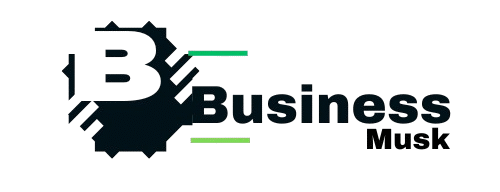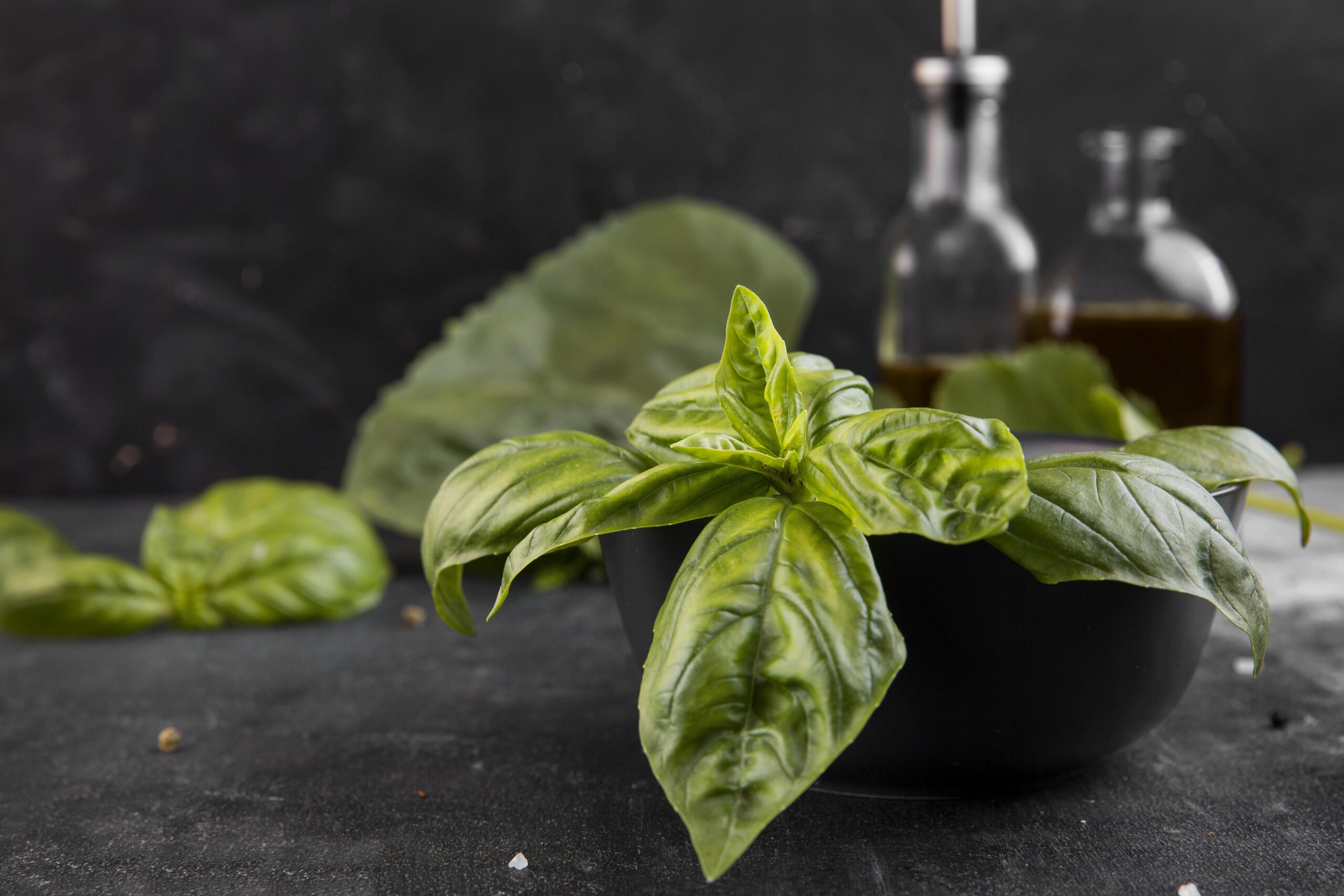Basil Fomanka is a healthcare leader and mental health advocate who blends community-rooted, traditional approaches with evidence-based modern medicine. His focus is on accessible care, mental health awareness, and combining cultural healing practices with clinical treatments to improve outcomes.
Introduction
People want healthcare that respects culture, feels personal, and actually works. That’s where the idea of bridging traditional healing and modern medicine becomes important. Basil Fomanka’s work highlights how blending both worlds can lead to better patient trust, improved access, and more effective treatments especially for communities that have been underserved.
Who is Basil Fomanka?
Basil Fomanka is a nurse practitioner, healthcare executive, and mental health advocate with roots in Cameroon and a practice in the United States. He leads Abundant Life Nursing Services (ALNS Inc.) and has been involved in community health projects, mental health awareness campaigns, and training programs for frontline workers. His background combines clinical expertise with leadership in community-focused care.
What does “bridging” mean in plain language?
bridging traditional healing and modern medicine means finding a balance between cultural wisdom and scientific care. It involves understanding the practices that patients already believe in, respecting safe rituals or herbal remedies, and combining them with proven medical treatments.
By creating care plans that feel natural and realistic, patients are more likely to trust their providers and follow through with treatment. This approach reduces fear, builds confidence, and often leads to better overall health outcomes because it honors both tradition and evidence-based medicine.
How Basil Fomanka applies this idea
Basil’s approach centers on three practical steps:
- Community engagement: He emphasizes working with community leaders, faith groups, and families so care plans make cultural sense.
- Integrated care pathways: Combining counseling, medication (when needed), and culturally familiar therapies — such as group support, spiritual counseling, or community-based activities — so treatment is holistic.
- Training and technology: He supports training local healthcare workers and using simple technology like telehealth to extend services into remote or underserved areas.
These steps help patients feel seen and understood while still getting safe, effective medical care.
Why this matters now
- Mental health focus: There has been a major push worldwide to treat mental health as part of primary care, not as a separate issue. Integrating cultural practices helps reduce stigma and increases early help-seeking.
- Hybrid care models: Telehealth and community-based programs have grown, allowing clinics to combine remote clinical oversight with local, culturally sensitive support.
Practical examples of how treatments are combined
- Depression and anxiety: Use counseling and, if needed, medication plus community support groups and culturally familiar practices such as storytelling, prayer circles, or traditional relaxation techniques.
- Chronic pain: Medical evaluation, physical therapy, and evidence-based pain medication paired with safe traditional remedies like topical herbal poultices and guided movement sessions.
- Addiction recovery: Medication-assisted treatment combined with spiritual support and peer mentoring from community members who understand the culture.
These combinations prioritize safety and respect, ensuring patients receive both effective and familiar care.
Benefits for patients and clinicians
- Higher trust and adherence: Patients follow plans they helped design.
- Fewer dropouts: When care feels respectful, fewer people stop treatment.
- Better outcomes: Combining social, cultural, and clinical supports addresses the whole person.
- Stronger communities: Training local workers builds healthcare capacity and economic opportunity.
Safety and balance
Blending traditional practices with modern medicine can be powerful, but safety must always come first. Herbal remedies or cultural treatments should be carefully checked to ensure they do not interfere with prescribed medications.
Evidence-based medicine should remain the foundation of care, while traditional methods serve as supportive complements rather than replacements. By closely monitoring outcomes and making adjustments based on clinical results and patient feedback, healthcare providers can honor cultural traditions while keeping treatment rooted in proven science.
How clinicians can start using this model
- Ask patients about home remedies and beliefs early in the visit.
- Invite community leaders into health education sessions.
- Train staff on cultural humility — not just awareness.
- Use telehealth to connect specialists with local caregivers.
- Track results and share success stories to build trust.
Example case
A woman with anxiety avoids clinics because she fears judgment. A clinic trained in cultural humility asks about her home practices. She keeps a family prayer routine, and the team offers counseling, short-term medication, and a weekly community support circle that respects her faith. She feels supported, keeps appointments, and improves within months.
FAQ
Q: Is it safe to mix herbal remedies with prescription drugs?
A: Sometimes — but always ask a clinician. Some herbs interact with medicines, so professional guidance is essential.
Q: Does this mean rejecting modern medicine?
A: No. The goal is to add respectful cultural practices to proven medical treatments, not replace them.
Q: Who benefits most from this approach?
A: People in communities with strong cultural traditions, those who distrust formal care, and anyone who needs a more holistic, sustainable treatment plan.
Q: Are there proven results for this model?
A: Yes. Integrated care and culturally informed interventions have consistently shown better engagement and outcomes in clinical and community studies.
Q: How can I learn more or get involved locally?
A: Contact community health centers, attend local health education sessions, or volunteer with outreach programs that focus on culturally sensitive care.
Final thoughts
Bridging traditional healing and modern medicine is not just an idea it is a practical, people-centered way to deliver better healthcare. Basil Fomanka’s work shows how listening to communities, using evidence-based treatments, and training local caregivers can build trust and improve outcomes. If healthcare is going to be truly inclusive, this respectful and scientific model will be a major part of the future.
Keep exploring with BusinessMusk to stay informed and inspired with the latest insights.


